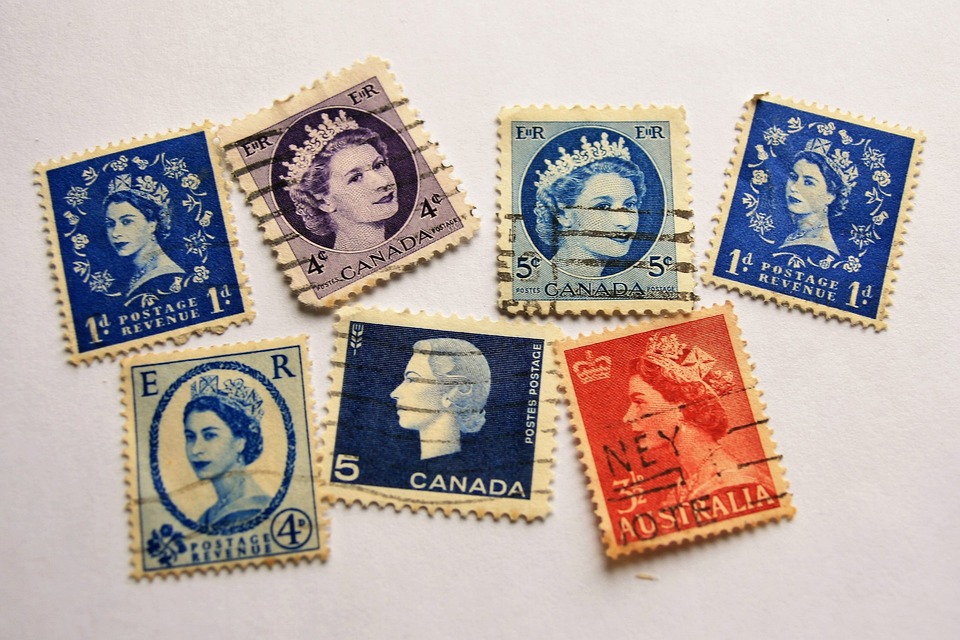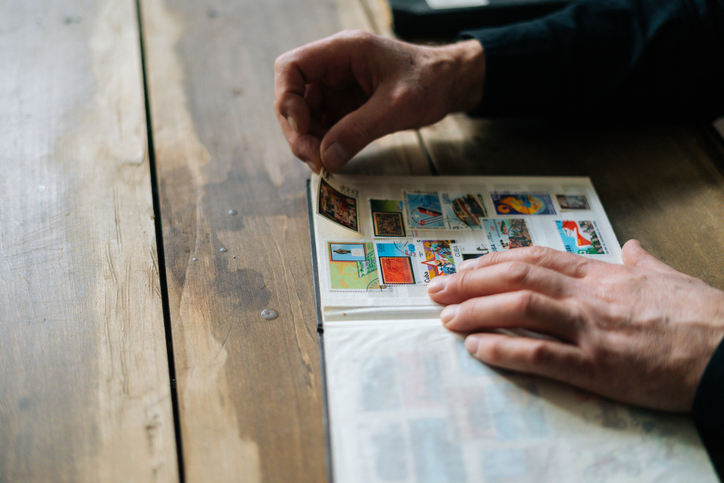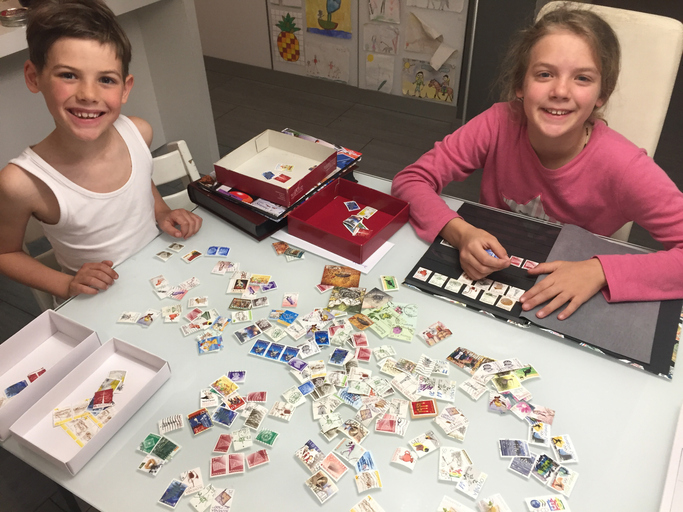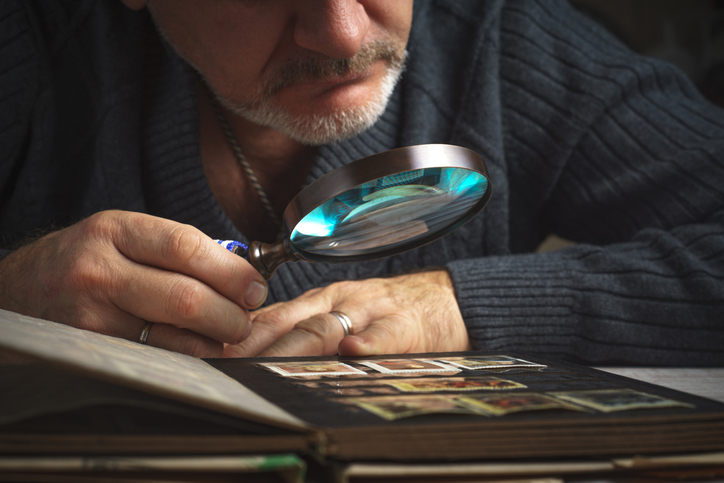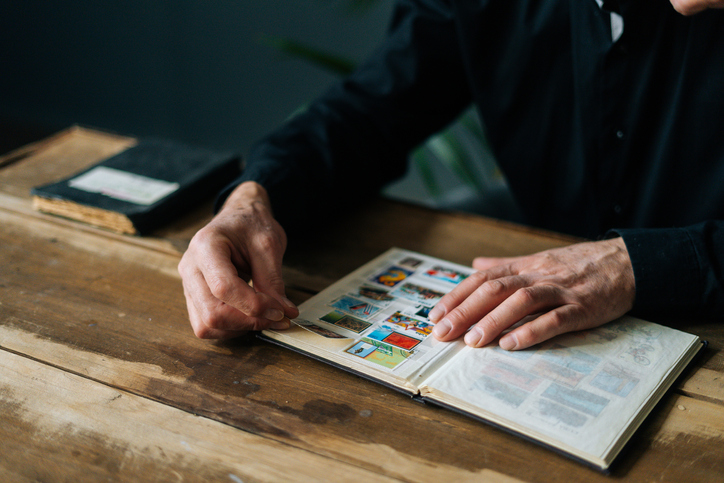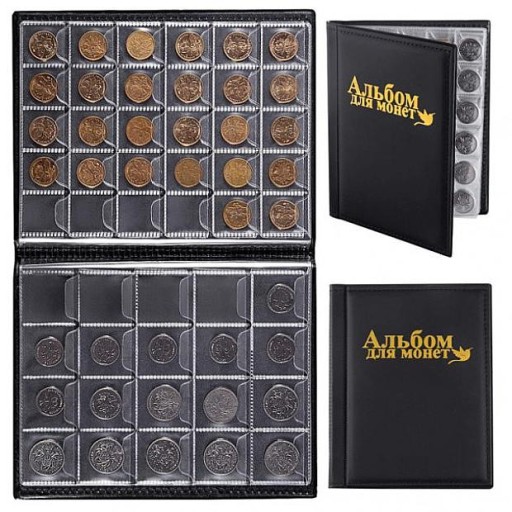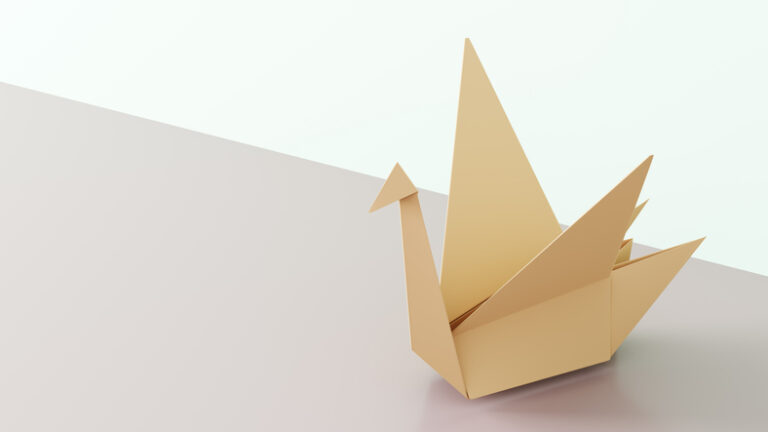The Art and History of the Stamp Collecting Hobby
Stamp collecting, also known as philately, has been a popular hobby for centuries. This fascinating pastime involves the collection and study of postage stamps and other related items. It is an enjoyable way to learn about history, culture, and art, all while experiencing the pleasure of building a unique collection. In this article, we will explore the art and history behind stamp collecting and discover why it continues to captivate collectors worldwide.
1. What is Stamp Collecting?
At its core, stamp collecting involves the accumulation of stamps, either individually or in sets, and the study of their details, history, and significance. Collectors often organize their stamps in albums, categorizing them by themes, countries, or time periods. Stamp collection can be pursued at varying levels of intensity, from casual hobbyists to serious collectors who devote significant time and resources.
2. The Origins of Stamp Collecting
Stamp collecting traces its roots back to the mid-19th century when the world’s first adhesive postage stamp, the Penny Black, was issued in Great Britain in 1840. The convenience and recognition of stamps led to their quick adoption, and philately soon emerged as a popular hobby. The first stamp album, called the “Lighthouse Album,” was created in 1862, and from there, the passion for collecting stamps rapidly spread across the globe.
3. Famous Stamp Collectors Throughout History
Over the years, many notable figures have been avid stamp collectors. It is said that even legendary personalities such as Queen Victoria, Franklin D. Roosevelt, and John Lennon derived immense pleasure from this hobby. Their collections, along with those of numerous other famous individuals, have become sought-after artifacts that provide insight into their interests and personalities.
4. The Different Types of Stamps
Stamps vary greatly in terms of design, format, and purpose. Apart from the traditional postage stamps used for mailing letters, there are also commemorative stamps, which are issued to honor notable events, people, or causes. Additionally, there are revenue stamps used to collect taxes, airmail stamps for airmail services, and many other specialized types that cater to specific needs. Each stamp tells a unique story and offers a glimpse into the world during its time of issue.
5. The Artistic Beauty of Stamp Design
Stamp design is an art form in itself. From intricate engravings to vibrant illustrations and photographs, stamps showcase a wide range of artistic styles and techniques. They often depict national symbols, historical events, famous landmarks, flora and fauna, and cultural aspects of a country. Stamp collectors appreciate the aesthetic beauty and attention to detail in each stamp, making their collections not just repositories of history but also miniature art galleries.
6. The Joys and Benefits of Stamp Collecting
Stamp collecting offers numerous joys and benefits to enthusiasts. It allows them to delve into history, geography, culture, and politics, as every stamp carries a piece of the story of its place and time. Collecting stamps also fosters a sense of community, as collectors can connect with fellow enthusiasts through clubs, exhibitions, and online forums. Furthermore, stamp collecting can be a relaxing and therapeutic hobby, offering a respite from the stresses of daily life.
In conclusion
the art and history of stamp collecting make it a captivating hobby that appeals to people of all ages and backgrounds. Whether it is the joy of building a collection, the thrill of discovering rare stamps, or the appreciation of the artistic beauty on display, stamp collecting offers a multi-faceted experience. It is a timeless pursuit that allows us to connect with the past, explore different cultures, and preserve a piece of history in a tangible and enjoyable way. So, next time you receive a letter or see a postage stamp, take a moment to appreciate the artistry and the history it represents. Who knows, you may find yourself delving into the exciting world of stamp collecting!

